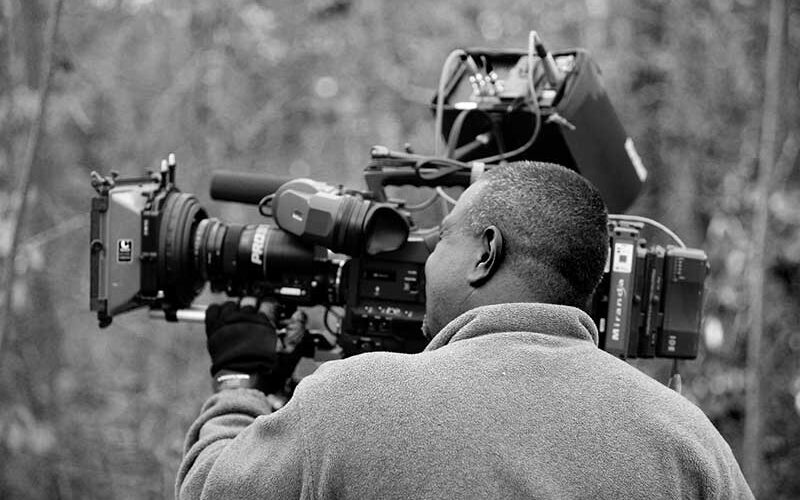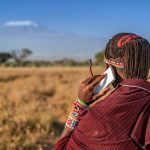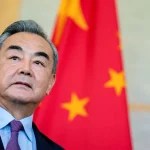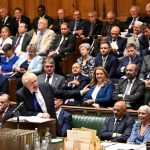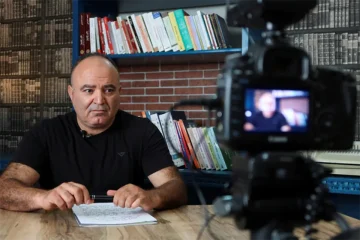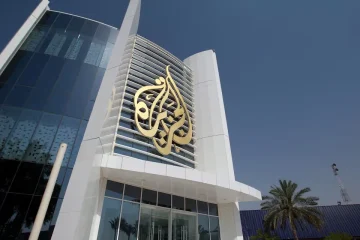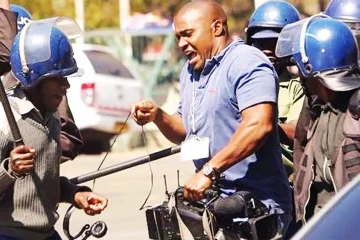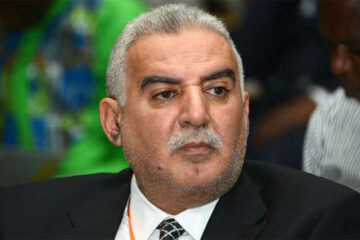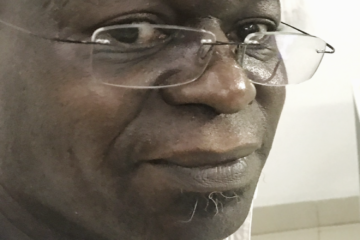FROM buying and upgrading technical equipment to fixing the institutions and the ecosystem of news, the approach to media development has changed over the past 40 years. With the advent of new technologies, the role of media in achieving sustainable development has new frontiers. Yet with the changes, serious threats to media sustainability have also come along. How is UNESCO, through the role of its unique media development programme, adapting to the new times and preparing for the future?
Q&A with Guy Berger and Rosa Gonzalez, secretary and deputy secretary of the IPDC

1. For anyone not familiar with international media development, how can you describe what IPDC does?
As an intergovernmental initiative, IPDC has done a lot to shape the very meaning of “media development”. Over the years, IPDC has understood “media development” to be much more than the changes in the power of media technology (from print to broadcast to online). So, the concept is nowadays seen as covering the growth and strengthening of the institutions which produce news by means of these technical tools.
Following the 1991 Windhoek Declaration, the Programme has also worked to support a media landscape that is free, pluralistic and independent. Accordingly, the IPDC Media Development Indicators assess not just the infrastructure of media, but also legal and economic issues related to journalism. In addition, the MDIs cover the performance of the news media, and the enabling ecosystem needed for vibrant media institutions, and assess the state of journalism education and supporting NGOs.
With the UN’s 2030 Sustainable Development Agenda, IPDC situates media development as being key to achieving SDG Target 16.10 on “public access to information and fundamental freedoms”.

2. What has been IPDC’s vision for media development, and what makes it different from other media development organizations?
IPDC is highly distinctive in the wider landscape. It operates with an authoritative framework that derives its legitimacy from voluntary multi-lateral co-operation between countries, and this co-operation is both in terms of the norms as well as the practicing of media development.
From the start, IPDC has been based upon common ground established by diverse Member States who over four decades have continued to recognize a joint multilateral interest in advancing media development, particularly in developing countries.
What also distinguishes IPDC is how it supports particular grassroots media projects as a result of its multi-lateral character. This means there is 100% transparency about all funding criteria and project proposals that win grants as decided by the IPDC Bureau of eight elected Member States.
Likewise, there is full transparency in the decision-making processes and about the sums of money that are allocated. Finally, the IPDC’s reports on implementation results are open and available online.
All this makes IPDC unique as a media development actor, not only within the UN, but within the wider landscape of media development actors. This specificity lends itself to complementarity, rather than duplication, with other actors, and it brings the strengths of an open multi-lateral initiative into the field of media development.
3. Can you tell us a success story in any given country that shows IPDC’s contribution to the media sector in the past 40 years?
There have been so many. A few to highlight are:
- A grant to Tanzanian community media allowed Masai communities to have their own communication means and participate in local development initiatives, another in Sierra Leone allowed community radio to increase their outreach in times of Ebola crisis.
- In Mexico, a training programme for judges on international freedom of expression standards drew in other funders and has led to the launching of a regional initiative that has now trained more than 12 000 of judges in the region.
- In Sri Lanka and Myanmar, IPDC supported training of local journalists on conflict-sensitive reporting after years of war and ethnic conflict, and in Tunisia the IPDC supported the capacity building of new emerging independent media and legal reforms after the Arab spring.
- Most recently, in more than 23 countries around the world, stakeholders have been mapping the new digital environment of media and producing recommendations for improvement, using the IPDC’s Internet Universality Indicators as their research framework.
- Under auspices of the Programme, UNESCO has played a key role in monitoring and reporting on two key indicators of SDG 16, on safety of journalists and on the implementation of access to information laws.
Over time, IPDC has learnt well about what works and what does not work, and has updated its template for project proposals accordingly. Likewise, the priority areas for focus have evolved in response to new issues as they have arisen. In recent years, a new approvals mechanism has allowed for rapid decision-making by the Bureau, in order to support media’s role in the face of emergencies and disasters.
4. What trends do you see in assistance to the media sector over the past 40 years, and how IPDC has responded?
There have been successive waves. In the early days, IPDC focused on national news agencies in developing countries, especially in regard to buying equipment and providing technical upgrades. Subsequently, and along with other actors allocating funds, support was given to developing human resources, including training staff at state-owned broadcasters in transition to becoming independent public service providers. After the turn of the century, support to law reform and the right of access to information moved into prominence.
In the past decade, community media has been an important focus. So too, investigative journalism has attracted attention. Since IPDC served as the cradle for the UN Plan of Action on the Safety of Journalists and the Issue of Impunity, more support has been allocated to work in this area. Today, IPDC’s assistance is also supporting innovative approaches to journalism and the fight against disinformation.
5. How did IPDC support media institutions and journalists in the backdrop of the COVID-19 pandemic?
Using its rapid response mechanism in April, IPDC’s Bureau was able to swiftly allocate funds to four projects earlier this year in the context of the crisis. These have resulted in new skills and confidence in journalists in terms of producing accurate content about Covid-19, in local languages, fighting disinformation and with sustainable and effective networks. The results are publicised on the IPDC website, and involve community radio in India, southern and eastern Africa, as well as journalists across the Caribbean.
Looking ahead, another 13 media development projects configured to tackle the “disinfodemic”, will be launched thanks to recent contributions from The Netherlands, Sweden and Iceland.
6. What are the most pressing issues media is facing today and how is IPDC responding?
In the context of ever more content being communicated particularly through social networks, media development becomes more significant by the day.
A strong media sector, online and offline, is critical for the supply of quality information – particularly in the context of fast-metastasizing onlne content that harms our rights to health, democracy, dignity and peace.
Accordingly, media development continues to faces ongoing challenges. Gender inequality in media remains a big problem; inadequate attention to the climate change story sadly continues.
Meanwhile, new skills are needed to cover the changing worlds of data, population movements and shape-shifting disinformation trends.
An urgent issue is that, exacerbated by the Covid-19 crisis, there is an existential threat to the viability of countless news media institutions and the sustainable production of professional journalism. This economic crisis for the news media is the theme for IPDC’s 40th anniversary commemoration that is expected to outline a range of possible solutions.
7. What is the future of media development? What role do you see for IPDC?
Journalism by its nature puts news into the public arena, meaning that it is visibly accountable for living up to its professional standards such as verification of published information. This differs from much other content – especially disinformation and hate speech – which circulates under-the-radar on social messaging apps, and without ethical guardrails.
The contrast between journalism and other types of content shows why success in media development is vital. The role of media development is to help ensure that there is quality information – especially within today’s otherwise confusing and overwhelming flood of content.
The evolving role that IPDC can play in relation to tomorrow’s media development issues is a matter to be decided by the “owners” of the Programme – i.e., the Member States. Having been very active in shaping IPDC over the years, it seems clear they will continue to set the pace in this singular and dedicated forum within the UN system.
With this prospect ahead, media development can be assured of a strong future. Investment in strengthening the media will save us all from bearing the very high costs that will otherwise be incurred.
In sum, media development merits continued support going ahead because it is a mission-critical dimension within the world’s wider quest for sustainable development. – UNESCO
- This interview is part of a series of stories published to celebrate IPDC’s 40th anniversary.

